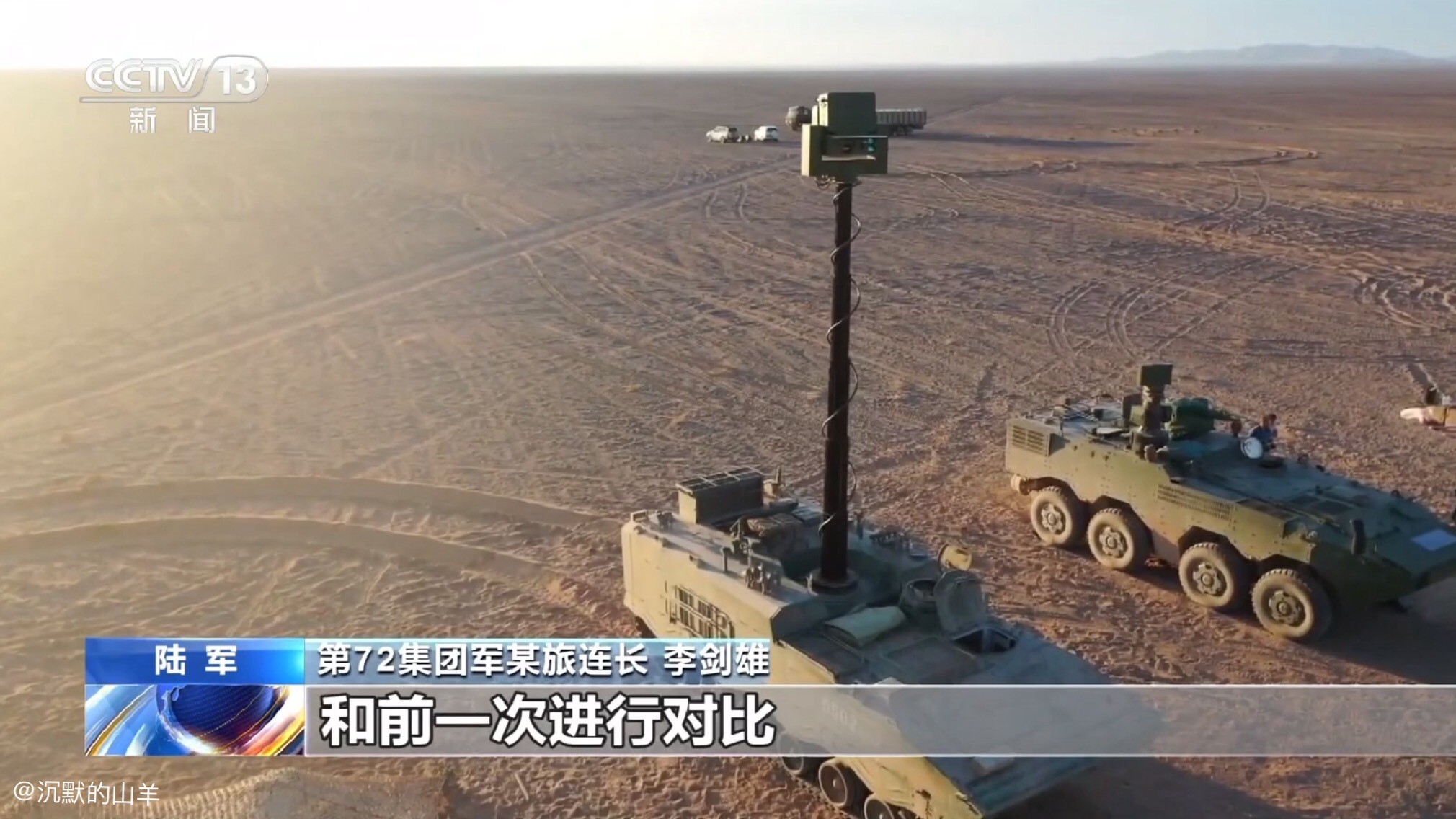The recent fatal disaster occurring in the United States Marine Corps training exercise is really pushing me to rethink just how dangerous unopposed amphibious landings still are even with relatively modern equipment, where the potential for accidents only increases with greater ocean distances crossed by amphibious vehicles.
I used to believe it might be less dangerous for amphibious vehicles disembarking further to enemy shores in order to keep large naval vessels safer from long range attacks, but perhaps reality might dictate that amphibious vehicles will only be disembarking in close proximity to enemy shores for a reduced possibility of capsizing along the way. I fully understand that individual amphibious vehicles could become sitting ducks in their brief ocean journey prior to reaching beaches, especially since they do not have much in the way of frontal armour, so this frightening difficulty passengers might have in escaping a sinking vehicle couple with the additional risk of sudden and random capsizing is becoming quite difficult for me to swallow. Military planners in charge will have to strike a good balance on the distance amphibious vehicles must travel by themselves across the ocean, in which both the potential loss of naval vessels carrying them and near guaranteed loss of some amphibious vehicles can be optimized adapting to how fortified or dangerous various beaches are upon landing.
Obviously there are still other factors in play outside what I previously mentioned, like shore bombardment along with more targeted airstrikes for weakening enemy beach fortifications to enable large naval vessels to be closer from the shore, in addition with enhanced training for increasing amphibious vehicle survivability with a focus on reducing accidents in longer ocean journeys.
On topic regarding infantry fighting vehicles, does the 105mm rifled gun fitted on Type 05 amphibious fighting vehicles match the 105mm rifled gun fitted on Type 15 light armoured tanks? I remain optimistic their stock of high explosive rounds could mission kill opposing heavy armour if faced with that unlikely possibility after reaching enemy shores.
I used to believe it might be less dangerous for amphibious vehicles disembarking further to enemy shores in order to keep large naval vessels safer from long range attacks, but perhaps reality might dictate that amphibious vehicles will only be disembarking in close proximity to enemy shores for a reduced possibility of capsizing along the way. I fully understand that individual amphibious vehicles could become sitting ducks in their brief ocean journey prior to reaching beaches, especially since they do not have much in the way of frontal armour, so this frightening difficulty passengers might have in escaping a sinking vehicle couple with the additional risk of sudden and random capsizing is becoming quite difficult for me to swallow. Military planners in charge will have to strike a good balance on the distance amphibious vehicles must travel by themselves across the ocean, in which both the potential loss of naval vessels carrying them and near guaranteed loss of some amphibious vehicles can be optimized adapting to how fortified or dangerous various beaches are upon landing.
Obviously there are still other factors in play outside what I previously mentioned, like shore bombardment along with more targeted airstrikes for weakening enemy beach fortifications to enable large naval vessels to be closer from the shore, in addition with enhanced training for increasing amphibious vehicle survivability with a focus on reducing accidents in longer ocean journeys.
Not Even. All tanks pack more HE shells than APFDS. Including the US that’s not COIN that’s the norm. HE is useful as the aim of the tank or fighting force is to get into the enemy rear area and cut them off at the ankles. HE can take out buildings and fortified structures. It also trashes vehicles like trucks, APC and the like. Even against another tank it can do some damage. But has the new Generalisimo of the page let him rant.
On topic regarding infantry fighting vehicles, does the 105mm rifled gun fitted on Type 05 amphibious fighting vehicles match the 105mm rifled gun fitted on Type 15 light armoured tanks? I remain optimistic their stock of high explosive rounds could mission kill opposing heavy armour if faced with that unlikely possibility after reaching enemy shores.













